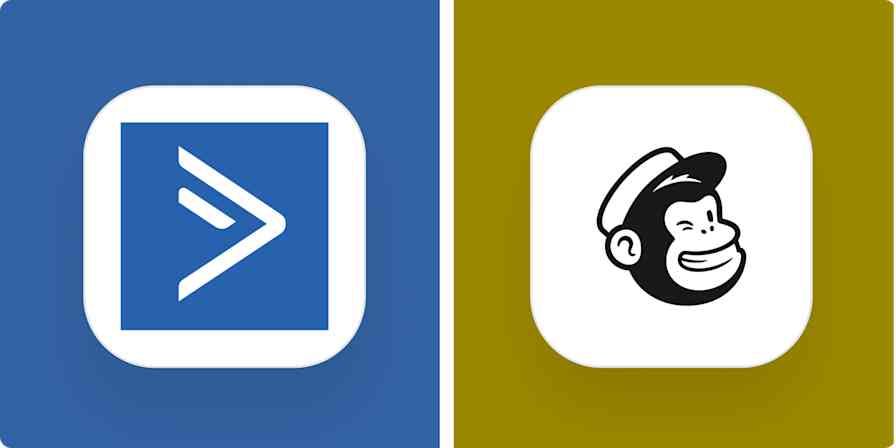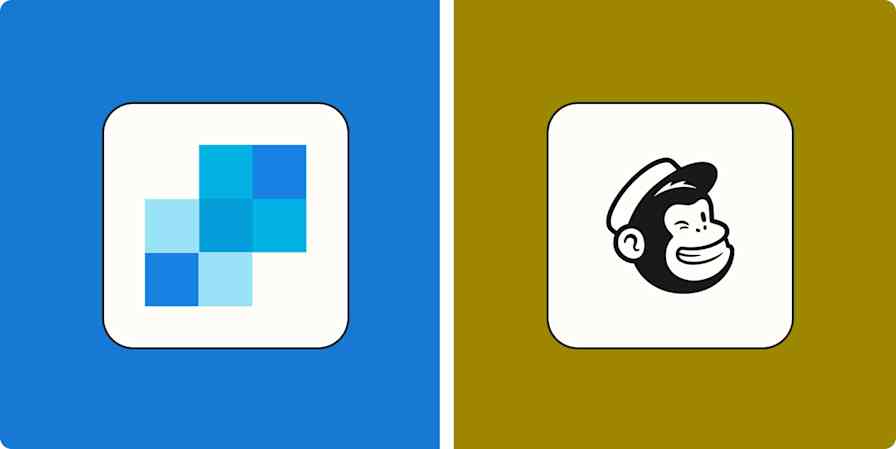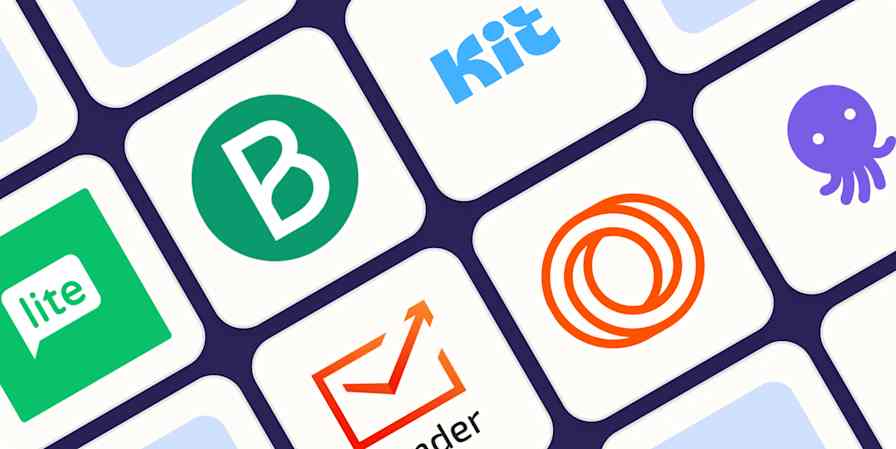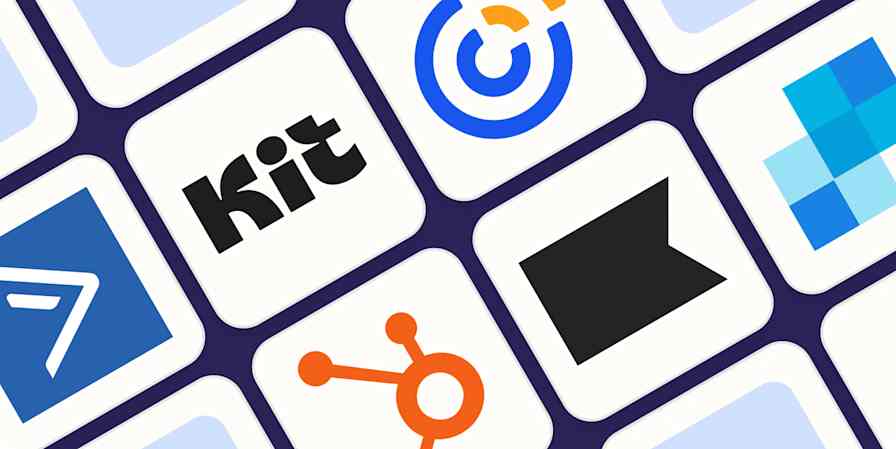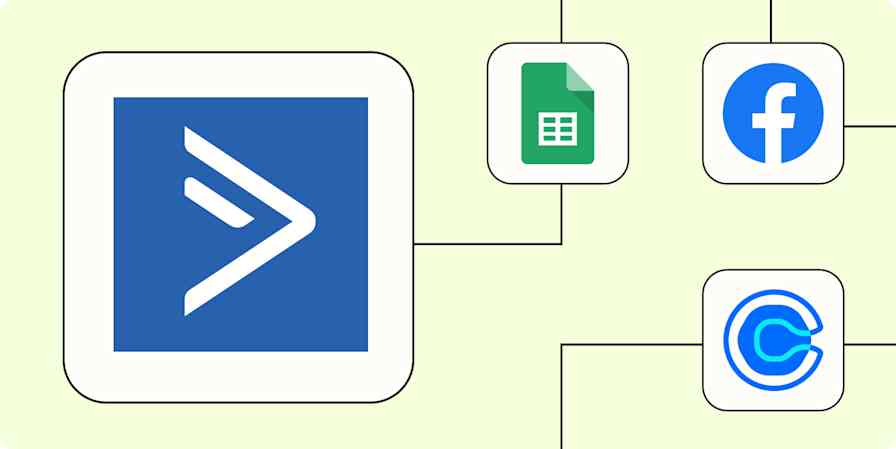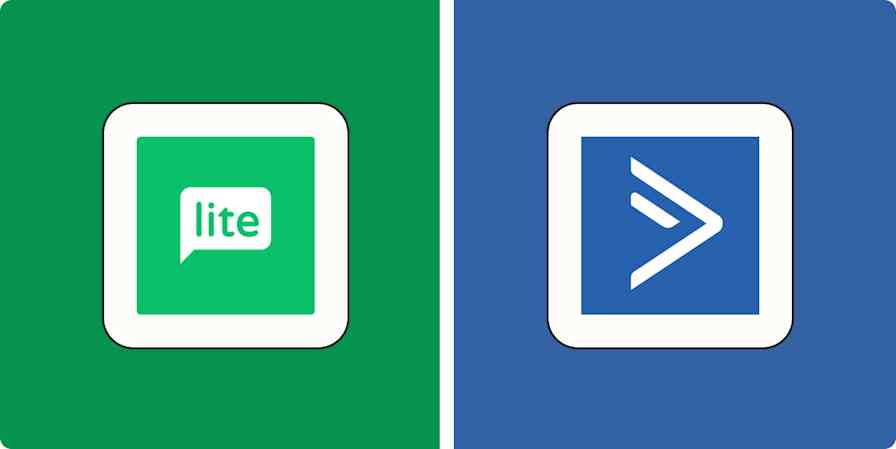Business tips
17 min readWhat is email segmentation? 13 strategies to get started
Use these email marketing segmentation ideas to help you improve click-through and conversion rates.
By Maggie Douglas · October 1, 2024
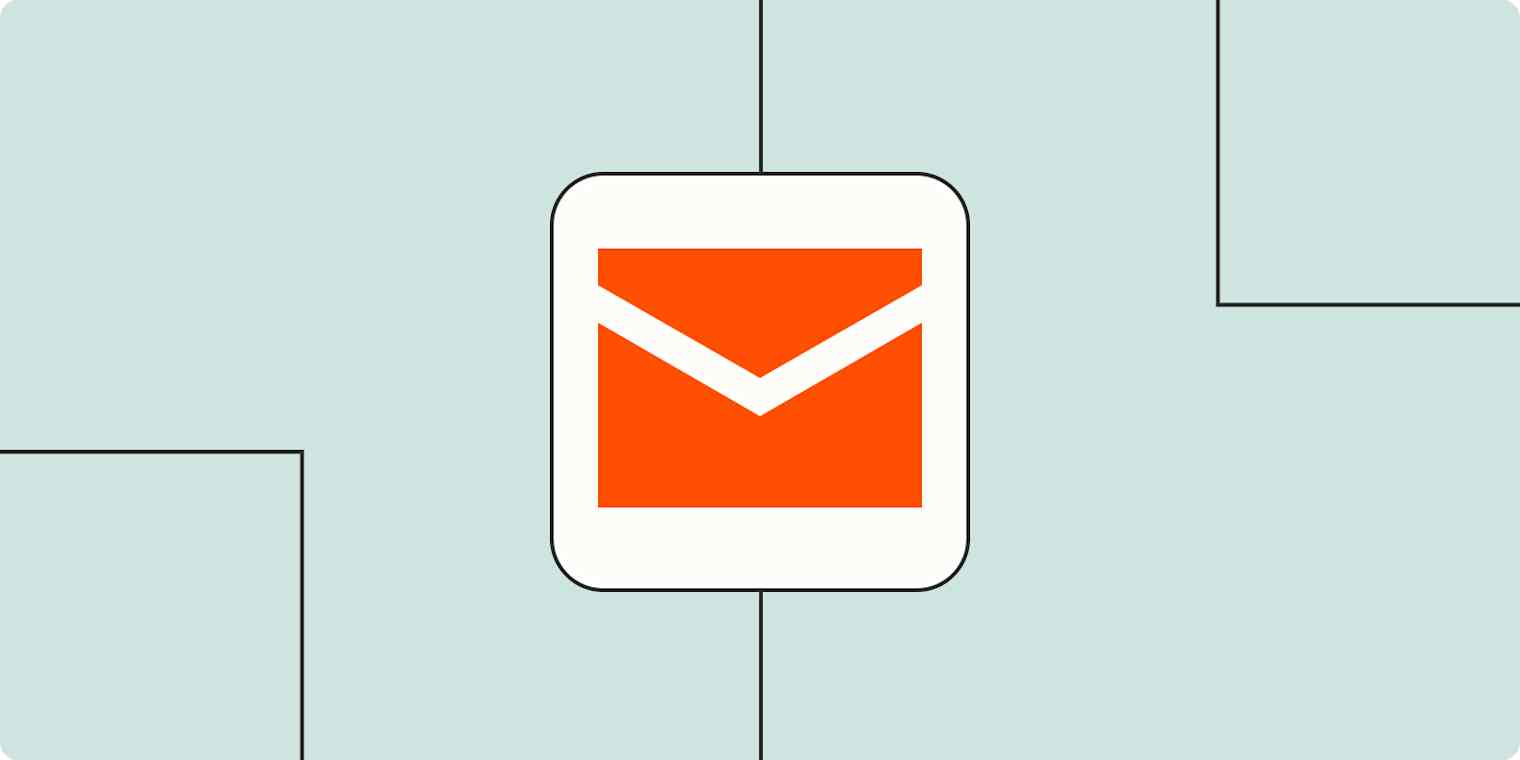
Get productivity tips delivered straight to your inbox
We’ll email you 1-3 times per week—and never share your information.
Related articles
Improve your productivity automatically. Use Zapier to get your apps working together.


